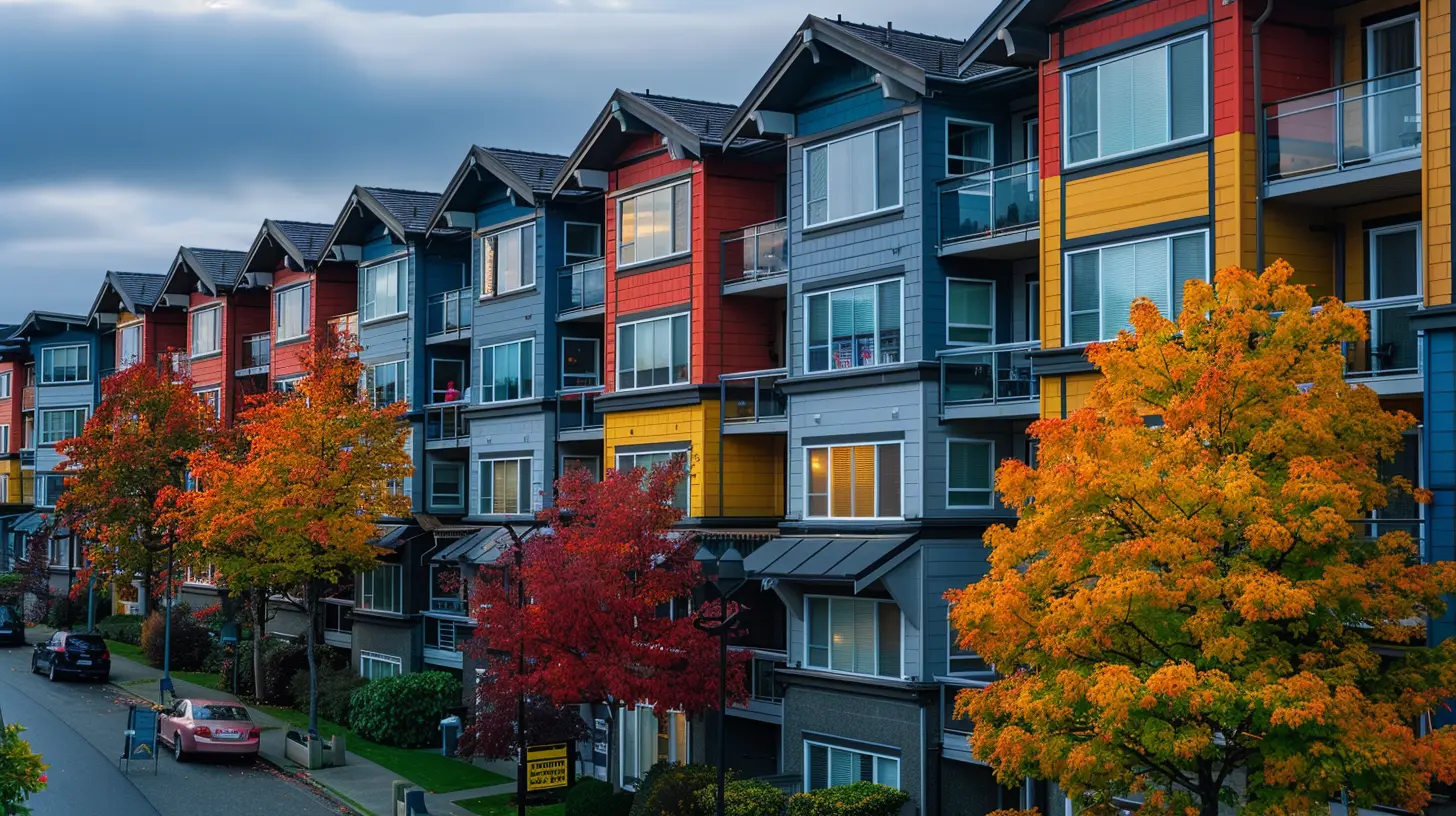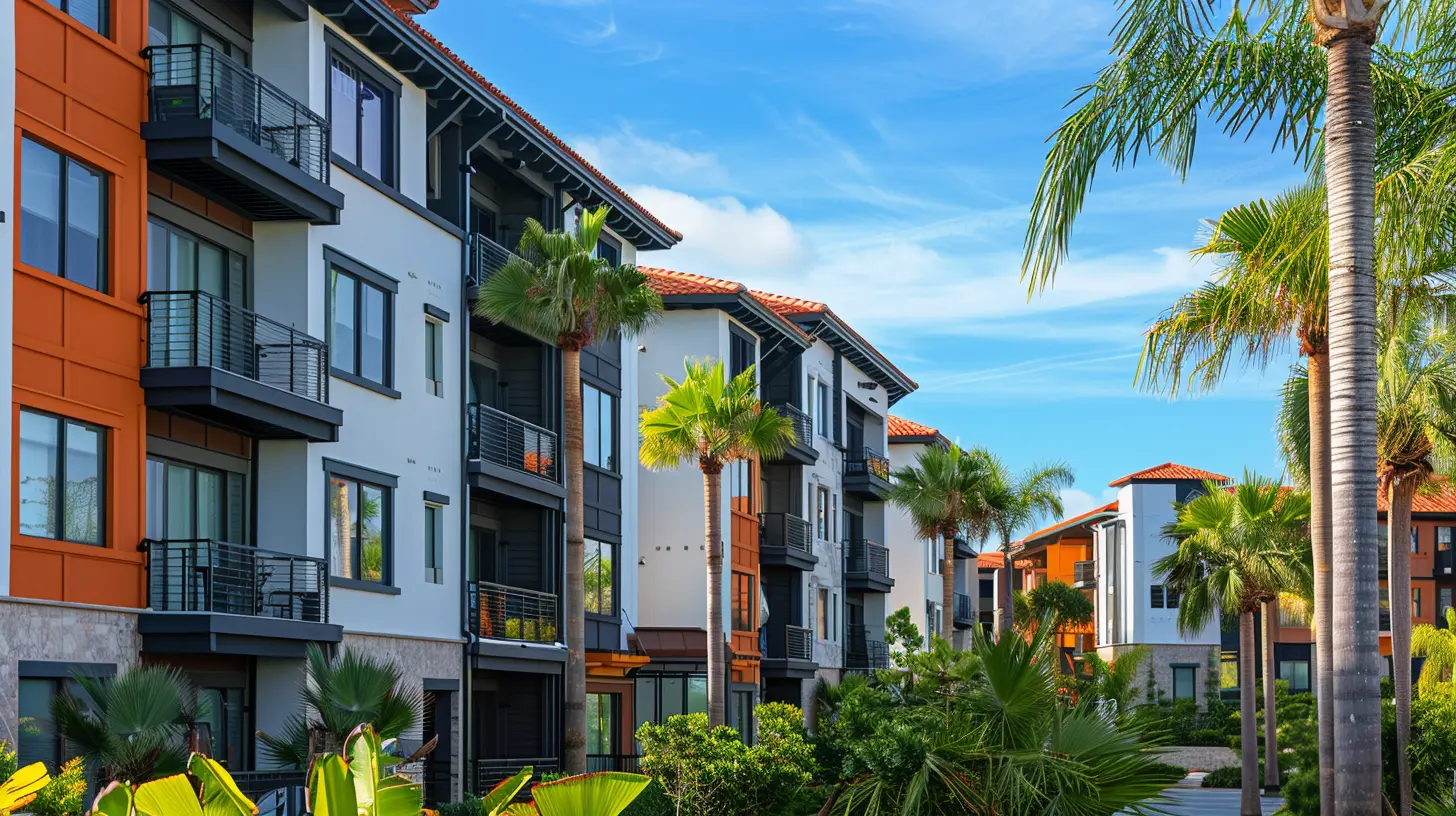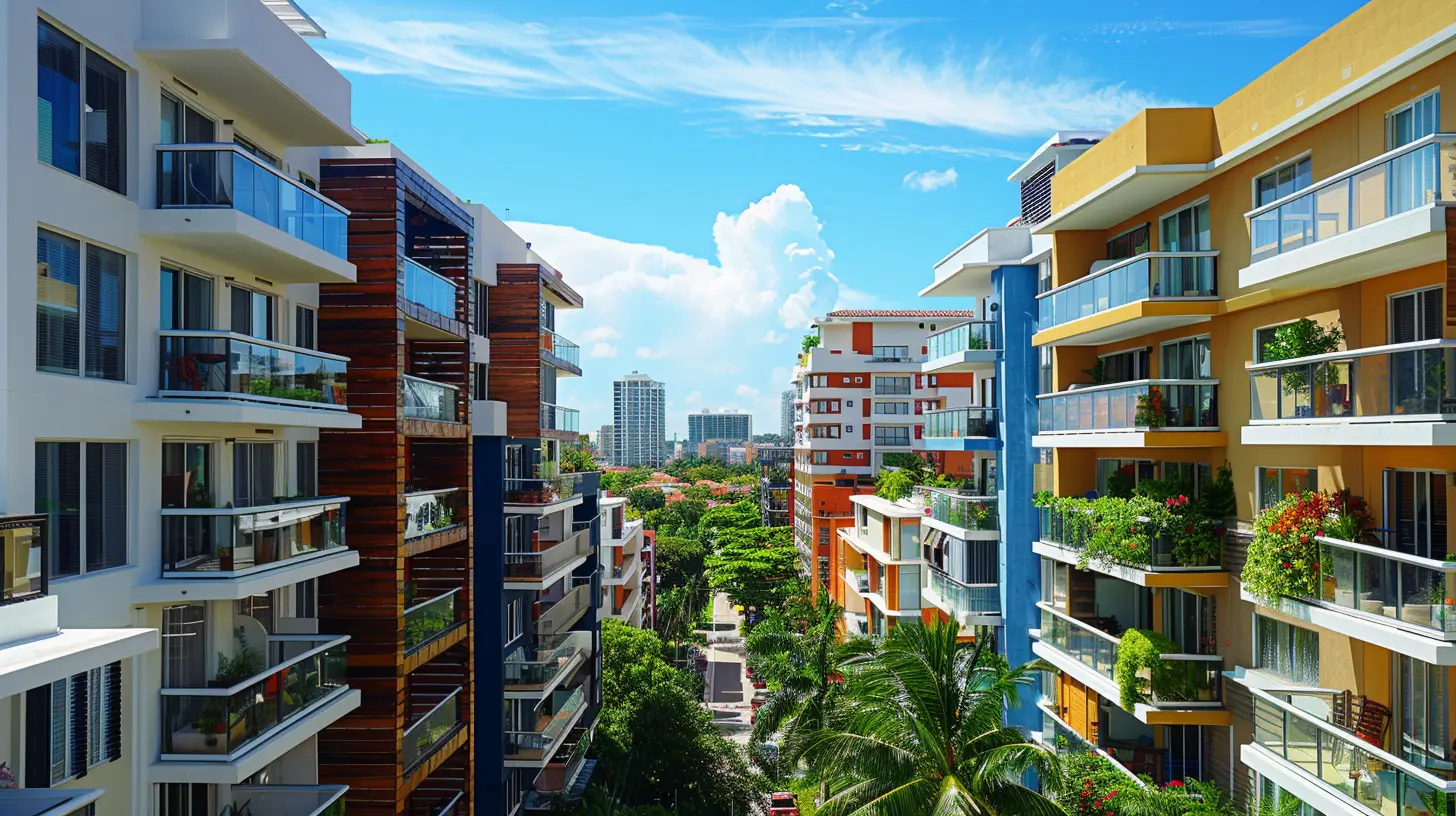Splitting Maintenance Costs in Condo HOAs: What You Need to Know
10 August 2025
If you’ve ever lived in a condo or are thinking about buying one, there’s one thing you’ll inevitably encounter—maintenance fees. Yup, those monthly dues that keep everything looking crisp and functioning like a well-oiled machine. But here's the kicker: figuring out exactly how those fees are shared among condo owners can get a little murky.
How does your HOA (Homeowners Association) decide who pays what for repairs or amenities? Is it always fair? What happens when unexpected costs pop up? Buckle up, because we’re diving deep into the nitty-gritty of splitting maintenance costs in Condo HOAs.
What Are Condo HOA Maintenance Fees?
Let’s start with the basics. When you own a condo, you're not just buying a unit—you’re also buying into a shared community. That means the rooftop, elevators, hallways, landscaping, pool, tennis court (if you’re fancy)... they all need upkeep. And who's paying for that? You are, along with every other owner.Maintenance fees (also known as HOA dues) are monthly contributions every unit owner makes to cover the costs of maintaining these common areas. But—and this is a big but—not everyone pays the same amount.
Who Decides How the Costs Are Split?
Your HOA board does. These are elected members—usually fellow owners—who manage things like budgets, rule enforcement, and yes, what you owe each month.But they’re not just winging it. Most of the time, cost-splitting is based on your condo’s governing documents (like the Declaration of Condominium or Master Deed). These documents spell out exactly how expenses are shared.
It usually goes one of three ways:
- Equal splitting: Everyone pays the same amount, regardless of unit size.
- Proportional splitting: Costs are based on the size or value of your unit.
- Usage-based splitting: You pay based on how much you use a particular amenity or service.
So no, it’s not one-size-fits-all.
Equal Splitting: Sounds Fair, Right?
At first glance, this seems totally fair—everyone uses the pool, the lighting, the lobby. So everyone pays the same.But what if you own a tiny studio and your neighbor has a three-bedroom corner unit? They’re using more water, creating more wear and tear, maybe hogging the elevator (just saying). In that case, you might end up feeling like you're paying more than your fair share.
This method often works best in small buildings where unit sizes don’t vary much. But in larger, more diverse complexes? It can stir up some real drama.
Proportional Splitting: The “More Square Footage, More Responsibility” Rule
This is probably the most common method, especially in newer or more upscale condos. Basically, the larger your unit, the more you pay.Let’s say the total monthly maintenance budget is $10,000. If you own 10% of the total square footage in the building, you pay $1,000 that month. It’s math, plain and simple.
This method feels more “just” to many people because it matches cost with ownership stake. But that doesn’t mean it’s perfect. You might still be paying for amenities you never use (hello, gym) or services you don’t benefit from directly.
Usage-Based Splitting: Pay for What You Use
This one makes logical sense—kind of like splitting dinner with friends by what you each ordered rather than just dividing the bill.If your building has metered utilities (like water or electricity), this method works great. You pay for what you use. Some high-tech buildings even track elevator usage or parking lot access to assign fees more accurately.
But let’s be real. Not every building is decked out with smart meters and techy trackers. Plus, usage-based models can be more complex to manage, and not every HOA wants to deal with that headache.
Special Assessments: The Uninvited Guest
Now here’s the curveball: special assessments. These are one-time payments that crop up when there’s a big repair or unexpected cost that the HOA’s reserve fund doesn’t cover.Think: replacing the roof, repairing foundational damage, upgrading fire systems. These aren’t yearly budget items—they’re big-ticket fixes.
And yep, unit owners usually split these based on the method outlined in the condo’s documents. So, if you’re paying more monthly because you have a larger unit, you’ll likely pay a bigger chunk of a special assessment too.
This is why reading the condo docs before you buy (or even rent) is so, so critical.
Reserve Funds: The Condo’s Emergency Piggy Bank
Speaking of big costs, let’s talk reserve funds. These are savings accounts the HOA builds up over time to prepare for major future repairs.How much each unit contributes to the reserve also depends on your building’s cost-sharing model. A healthy reserve means fewer surprises and fewer special assessments. A weak reserve? Yikes. Get ready to pony up if something goes wrong.
Tip: Always ask for the HOA’s reserve study or financial report when considering a condo. It tells you how well-prepared they are for future expenses.
What About Rental Owners?
Here’s a twist—if you’re renting out your unit, who covers what?Well, you still owe the HOA dues no matter what. It’s your property, your responsibility. But you might pass some costs (like minor repairs inside the unit) onto your tenants, depending on your lease agreement.
Your HOA can’t legally demand anything from your tenant, so they’ll always come to you first. Fair warning.
Conflicts Over Maintenance Costs: They Happen
Let’s face it. Money makes people emotional. And in an HOA setting, disagreements over who pays what are super common.Maybe someone thinks their fees are unfair. Maybe the board wants to raise dues. Maybe your neighbor keeps using the guest parking as their own personal garage.
When disputes happen, most HOAs have a process in place—mediation, board meetings, or even a vote among owners. If it gets really ugly, it might involve legal action. But that’s rare.
Keeping communication open and having transparent budgets goes a long way in preventing drama.
Hidden Costs to Watch Out For
Maintenance fees are only part of the story. Some HOAs tack on other charges, like:- Move-in/move-out fees
- Elevator reservation fees
- Pet fees
- Parking rentals
- Guest suite usage
Always read your HOA’s budget and fee schedule. There’s nothing worse than thinking you’ve budgeted correctly... only to be blindsided by random charges.
Tips for Condo Buyers: Don’t Get Blindsided
If you're shopping around for a condo, understanding how maintenance costs are calculated should be part of your checklist. Here's what you should ask:1. How are fees calculated? Equal, proportional, or usage-based?
2. What does the fee include? Water, trash, internet, cable?
3. What’s the reserve fund look like? Healthy reserves = fewer special assessments.
4. Any planned increases? Fees almost always go up over time.
5. Special assessments coming up? Roof repairs, new pipes, etc.
A little homework now can save a ton of headaches later.
The Bottom Line
Living in a condo means being part of a community—and just like any group effort, sharing costs fairly is key. Whether your HOA splits maintenance expenses equally or based on unit size, the most important thing is transparency and fairness.HOAs aren’t perfect, and sometimes those monthly fees feel like a mystery tax. But when done right, they ensure your building stays in tip-top shape, your property value stays high, and your lifestyle stays stress-free.
So the next time you write that HOA dues check (or click send on that autopay), at least you’ll know where your money’s going—and why.
all images in this post were generated using AI tools
Category:
Hoa GuidelinesAuthor:

Lydia Hodge
Discussion
rate this article
1 comments
Mackenzie McGeehan
Navigating maintenance costs in condo HOAs can be challenging. It’s important to communicate openly and work together as a community to ensure fairness and understanding. Your well-being and harmony in the space matter most.
August 19, 2025 at 4:36 AM

Lydia Hodge
Absolutely! Open communication and collaboration are key to managing maintenance costs effectively in condo HOAs. It's all about fostering a fair and harmonious community.


